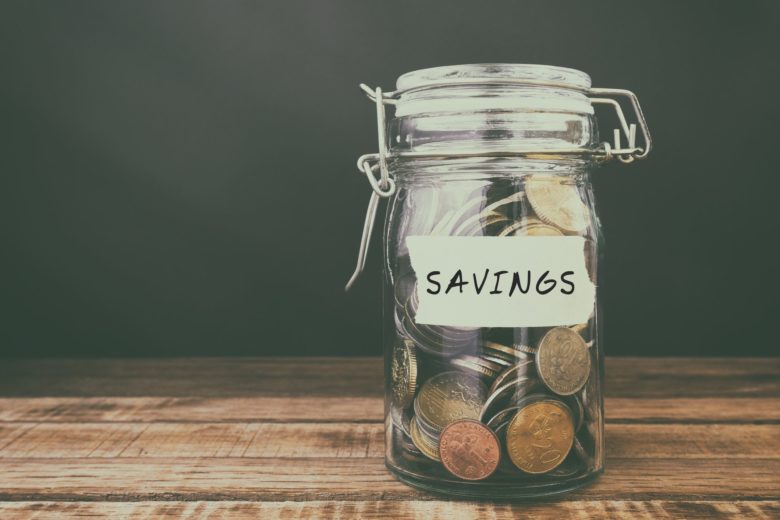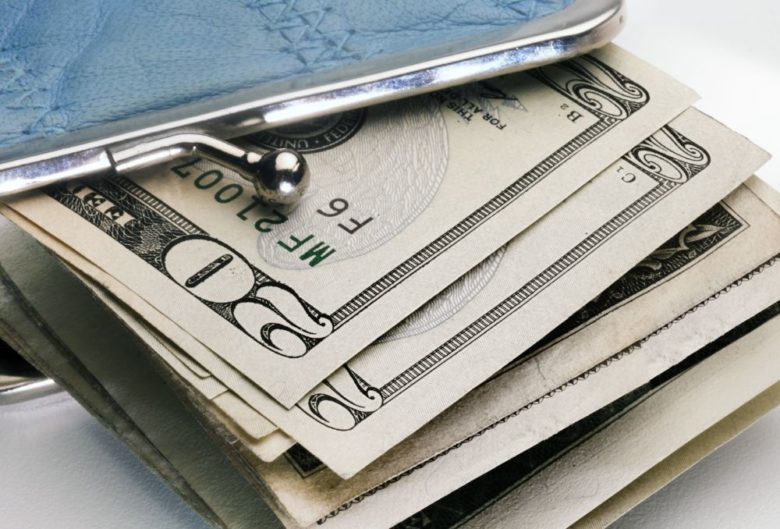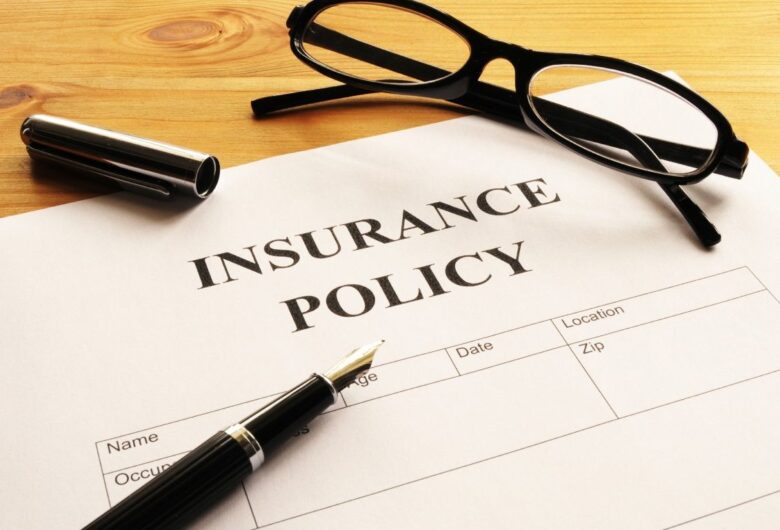Do you know what I’m tired of? Moving saving tips that don’t work or save so little, it’s not worth the effort. What we’ve got here are some basic 101, easy money-saving tips that are so simple you’ll wonder why you’re not doing them yet (which is good, because now you can start!). These are all effective and simple, ensuring you save the right amount of money without changing too much of your life.
1. High-Yield Savings Account

Img source: meerkat.co.za
Investing is hard and fraught with risk, but savings accounts are the safest way to store your money and get a little extra each month. Each savings account is different, but the annual percentage rate for most savings accounts is under 0.1%. That means you’re getting $0.001 for every dollar in your account. If that isn’t pathetic, then nothing is.
A high-yield savings account is just as secure and safe as a regular savings account. The only difference is you’re getting more money. Most high-yield accounts are around 2%. That means you’re getting $0.02 for each $1 and $2 for every $100. It’s not massive, but it’s way better than a regular savings account, and moving your money is simple.
2. Cashback Apps

Img source: tallypress.com
According to OrdinaryMoves.com, people are wary of cashback apps because it seems too good to be true. Why are you getting money just for buying products? These apps get a commission from the store and split the difference with you, so it truly is a win-win for everyone.
That being said, you want a trustworthy app like Rakuten, Honey, Ibotta, or Swagbucks. Most of these are great for online purchases, but some even work for physical shopping, and you can earn up to 10% back on regular purchases. You can also get coupons to save right now rather than waiting to get money back later. These apps will pay you for doing your weekly shopping. They’re easy to install and straightforward to use.
3. Stop Paying Interest

Img source: nerdwallet.com
If you’re like the standard American, then you probably have around $4,000 in credit card debt right now (those are just the numbers; hopefully, you have less). Credit cards are great because you can pay for big things you need right now, but the interest can cripple you. Many people end up paying double by the time their debt is gone.
If you want to fix this, then you have to get serious about your finances. Pay off the card as quickly as possible. It’s best to pay your ticket by the end of the month, so you aren’t charged interest, but this isn’t always possible. If it’s not, then start concentrating your money.
There are different philosophies on whether you should pay off the card with the highest interest or the card with the lowest bill. The former will result in less interest, but the latter will remove debts faster. In either case, you’ll end up with far lower interest charges throughout the month.
4. Reduce Services

Img source: thebalance.com
Some of these might feel hard, but they’re not. Look into all the services you pay for and see if you can reduce or cut them out. For example, many households pay for the highest internet speeds they can get. You can often save $15 or more per month ($180/year) by going down one tier in speed. Don’t worry, you’ll get used to it.
Consider all your other services. For example, do you need the gym membership? You can usually get fit at home or use a gym at your job that costs less. There’s also your cable bill. Cord-cutting has become the norm as you can often get on-demand shows and movies for around $10 a month.
Look through your bills, see what you’re paying for, and reduce where you can. Most people need far less than they pay for.
5. Insurance Adjustment

Img source: bt.com
Yes, you can save on your insurance payments by just doing things a little differently. Most insurance companies (car, health, etc.) allow you to pay monthly, quarterly, annually, and so on. Periodically seems excellent because it’s a small amount of money. However, most insurance companies discount their rate if you pay annually, sometimes up to 10-20%.
You may have to wait until the period is done, but see if you can switch to annual payments or whatever the most extended term is.
While you’re at it, you should also check over your coverage and deductibles. Do you really need a low $100 deductible, or can you afford $200 or $500? A higher deductible means you pay more if something happens, but often you’ll end up saving much more on the lower insurance costs.
You should also check your coverage to see if you’re enthusiastic about how much you have. Dropping your coverage a little (but not too much) will also reduce your insurance costs.
6. Smart Temperature

Img source; bestcellphonespyapps.com
Some people aren’t convinced about the convenience of smart homes, but there is one smart appliance you should consider. A smart thermostat allows you to change your home’s temperature right from your phone. That means you can turn off the heating or cooling whenever you’re at work or out of the house.
According to most estimates, about 40% of the energy used is specifically for heating and cooling. If you reduce your heating and cooling, then you significantly reduce your electric bill. Plus, smart thermostats are quite affordable and easy to install.
You could get the same benefit if you turn off the thermostat when you leave, but this is harder if others live in the home or if you are forgetful. A smart thermostat lets you change the temperature from your phone regardless of where you are.
Conclusion
Here are just a few smart and easy ways to save money and reduce your overall bills. Many of them require only a small bit of work and introspection as you consider whether you need that gym membership (but don’t skip on being healthy!) or that low deductible, but they are all easy. If you follow all these tips, then you should see a reduction in your overall payments.




